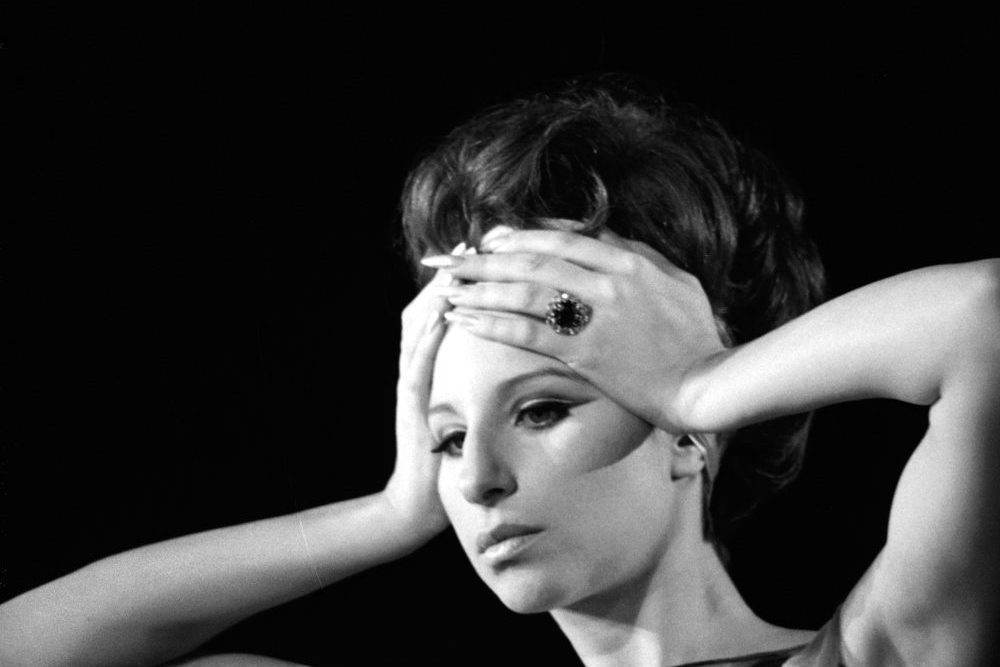Introducing Rakewell, Apollo’s wandering eye on the art world. Look out for regular posts taking a rakish perspective on art and museum stories.
At the height of her colossal fame in the late 1960s and ’70s, Barbra Streisand epitomised a kind of unfashionable earnestnesss that ran completely counter to the counterculture of the time. No turning out, tuning in or dropping out for Streisand, whose performing persona was the very definition of trying hard. (Too hard, some critics said, but who among them has lasted the distance the way Barbra has?) Sincerity has always been Streisand’s modus operandi – and her doorstopper of a memoir is no exception.
Your roving correspondent will, we hope, be forgiven for skipping over many of the triumphs and a few of the setbacks contained in the 992 pages of My Name is Barbra. Rakewell is, however, completely riveted by what Streisand’s lifelong love of art and her collecting says about her own personal taste, the way the art market was and the value of persistence (as well as the power of deep pockets).
Streisand writes winningly about hanging up a ten-dollar print of Rembrandt’s Woman Bathing in a Stream in the railroad apartment she rented after being cast in her first Broadway show in 1961. (It smelled of fish and was so small she had to wash the dishes in the bathtub.) She writes equally winningly about her excitement at seeing the real thing at the National Gallery some years later.
She also describes wandering around New York galleries, wondering what it would be like to actually own one of their paintings. In 1964 she took the plunge, thanks to the success of her first album and her starmaking turn in the stage version of Funny Girl. She wasn’t entirely sure about the Matisse she bought for $55,000 from the late Richard L. Feigen – but he offered to buy it back after 18 months if she was still uncertain. Streisand even had it authenticated by Matisse’s son Pierre, who told her that it was genuine, but not a particularly special painting. (‘That’s when I realized that just because it’s by a great artist doesn’t mean it’s a great painting.’) That didn’t stop her going ahead but, shortly afterwards, she fell in love with a Modigliani nude at Klaus Perls’ gallery, on sale for $70,000: ‘But I had no money left… I had just bought the Matisse.’ Barbra notes ruefully that she ended up returning the unloved Matisse, and that the Modigliani she missed out on now hangs in the Met. Not only that, but a similar nude recently sold at Christie’s for $170.4m.
Barbra is, of course, nothing but tenacious. Modigliani became her favourite artist and some 50 years later in June 2013, she finally got her man. It’s touch and go – the painting she wants is being auctioned at the same time that she is singing at a gala for Shimon Peres’s 90th birthday in Jerusalem. Streisand’s anguish is real: ‘Why does everything happen at once?’ (She is also referring to the misery of the month before, when she was in the dentist’s chair as another Modigliani, The Jewess, was being sold. On that occasion she was already on Novocain when she commanded the dentist to stop so she could place an unsuccessful phone bid.) Fortunately, when she comes off stage after singing for the Israeli president, her heroic personal assistant Renata is yelling, ‘You got it! You got it!’
Streisand stresses that she doesn’t see herself as a real artist – that’s a claim that can be made only by the likes of Rembrandt and, of course, Modigliani. So it’s a heart-warming coda when she’s talking to her old pal and co-star Robert Redford backstage at an awards ceremomy in 2015 (Babs is presenting Bob with an award). Redford tells her, ‘I didn’t want to be an actor, I wanted to be Modigliani.’
The prospect of buying another Modigliani even got Barbra back out on tour in 2016 – but that’s an altogether less heart-warming story, according to the star.
Got a story for Rakewell? Get in touch at rakewell@apollomag.com or via @Rakewelltweets.




